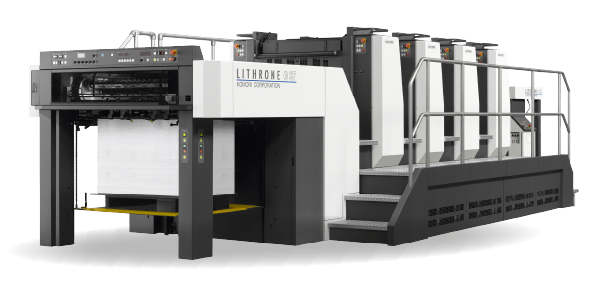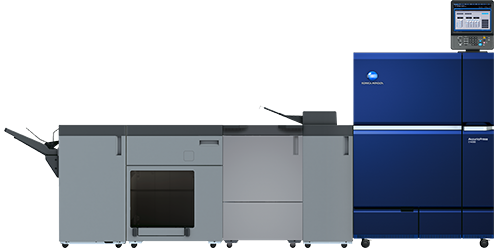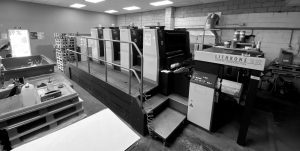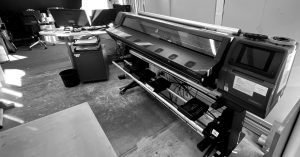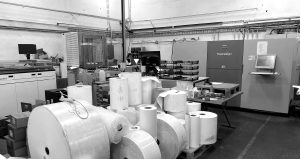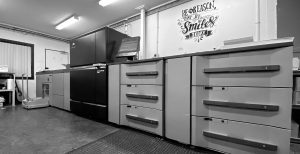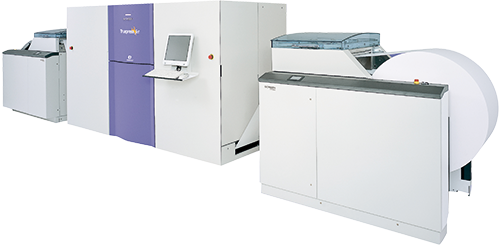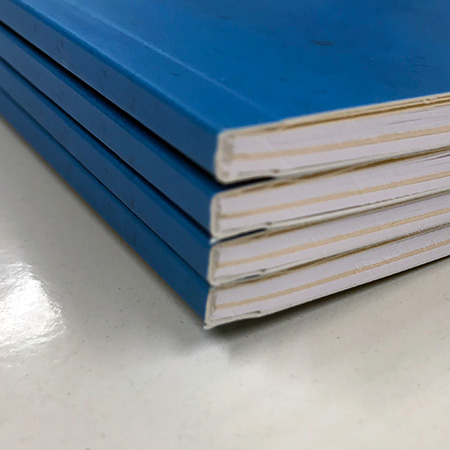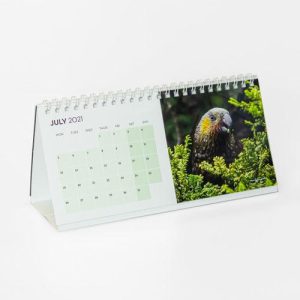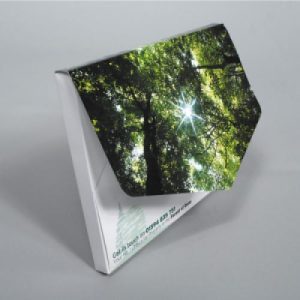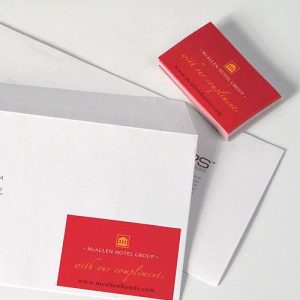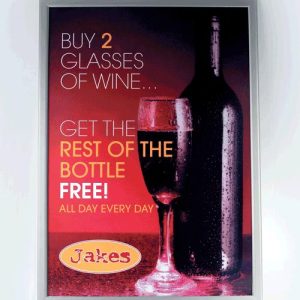Perfect Bound Books
Perfect-bound books are the best option to choose when you need the book to look professional and clean, and are commonly used to bind novels, coffee table books, picture books, resource materials and so much more.
Perfect-bound books are made by gluing the book cover and pages together at the spine. Covers are often on a thicker card stock and laminated for durability, and are suitable binding options for high page count books.
Perfect Bound Books
- The page count must be divisible by 2. If it is not, blank pages must be added.
- A spine must be allowed on the cover. The size of the spine will be stated on your Print IQ Quote. (Alternatively, you can also use the Spine Calculator to get the width of your spine)
- Spread 1 includes the outside back cover and outside front cover with the spine in between.
- Spread 2 includes the inside front cover and inside back cover with the spine in between.
- If your cover is single-sided, supply a one-page file. If it is two-sided, supply a two-page file.
 Tip: Avoid objects which cross over from Inside Front Cover & Inside Back Cover to Text Pages. It’s not good practice to have artwork or text crossing pages, as they are less likely to align. If you use this method, please ask for advice.
Tip: Avoid objects which cross over from Inside Front Cover & Inside Back Cover to Text Pages. It’s not good practice to have artwork or text crossing pages, as they are less likely to align. If you use this method, please ask for advice.
